The Mlilwane Reserve, also known as the Outdoor Paradise of Eswatini, is a 4,560-acre conservation area located in the Ezulwini Valley. The name Mlilwane means small fire in the local language, and the name arose from the numerous fires started by lightning on Mlilwane Hill, but which now has another more important meaning: the small fire that ignited the conservation movement in Swaziland.
During the first half of the 20th century, the country of Eswatini was inhabited by animals. However, poaching and various agricultural pests have wiped out many of them.Ted Reilly, a 21-year-old Swazi, watched as the animals he was used to seeing as a child disappeared; and so he decided to go and see King Sobhuza II to ask if he could take the few animals to his farm to look after and protect them. And so, after getting the king’s approval, Reilly began planting trees, building waterholes, and hiring guards to fight poaching. This farm is now known as the Mlilwane Reserve and was officially opened in 1964.
Today, it is a conservation area with many species of herbivores and birds that live quietly in the reserve as they have no predators. The setting is spectacular, with forests and meadows coexisting harmoniously with the animals; and different routes to do on foot, by bike, on horseback or with your own vehicle. It is surrounded by iconic mountains such as the Execution Rock, where legend has it that they took the prisoners and forced them to jump from there; and different viewpoints where you can enjoy fantastic views.
A visit is highly recommended to promote a well-kept conservation area, and to see different animals from a different perspective. Located in the Ezulwini Valley, also known as the Valley of Heaven, is one of the main activities to do if you are in the area (if you want to know other things to do in the Ezulwini Valley, you can click here). Until you go there, you will not understand the reason for its beauty and why this reserve is also known as Mlilwane Wildlife Sanctuary.
How to get there?
The Mlilwane reserve has a reception center located in the southern part of the reserve and where you will find the different accommodations, the restaurant, the different facilities and the starting point of all the activities. To get there, you must first check in at the front door which is a few miles from Lobamba and is called Mlilwane Sangweni Gate.
If you are coming from Manzini, take the MR3 motorway to the Lobamba / Elangeni / Mlilwane Wildlife Sanctuary exit. Once you reach Lobamba, turn left at the roundabout. There, the road passes through the middle of the National Museum and Parliament (on your left) and King Sobhuza II Memorial Park (on your right). You will have to follow this road, pass a Caltex gas station, the residence of the kings and just after that, you will find a sign indicating the Mlilwane Wildlife Sanctuary on your right. Take this path for about three miles until you reach the front door.
If you come from Mbabane, you will have to do the same route, but think that you will come in the opposite direction by the MR3. It also breaks at the Lobamba / Elangeni / Mlilwane Wildlife Sanctuary exit; and then follow the same directions as in the previous paragraph.
Permits and prices
Mlilwane Wildlife Sanctuary is a reserve that can be visited during the day (in and out); or if you wish, there is also the option to stay overnight inside the reserve. The main entrance (Mlilwane Sangweni Gate) opens and closes following sunrise and sunset.
To enter the Mlilwane Reserve you have to pay an entrance fee of 70 rand per person per day. You can pay for this ticket at the check-in desk in cash or by credit card. To enter with your car, they do not ask for any payment. Once there, you can do different activities that you need to book in advance at reservations@biggameparks.org The price for these during 2021 was:
The price of the different types of accommodation is indicated in the section “Where to sleep in Mlilwane Wildlife Sanctuary?”. Big Game Parks is the organization that manages the reserve. These are the same ones that run Hlane Royal National Park (if you want to know our experience there, you can see the following article).
What to do in Mlilwane Wildlife Sanctuary?
At Mlilwane Reserve you can do a variety of activities, from bird watching to animal watching; to bike or horseback riding excursions. Here you can see all the activities, but we highlight:
– Do a safari with your own car
Going through the different paths of the reserve while watching groups of antelopes, zebras, birds and even crocodiles is one of the activities you can do if you visit the Mlilwane reserve.
We were able to enjoy zebras in the middle of the roads, kudus crossing streams in front of us, nyalas looking at us from a distance and wildebeest hidden in the woods. The terrain is accessible to all types of vehicles, although if you go to the northern part of the reserve, which faces Execution Rock, you will need four-wheel drive to be able to climb to one of the viewpoints.
Drive slowly so as not to scare the animals, and enjoy the animals while contemplating a beautiful green landscape of meadows and forests.
– Do a walking safari to get to know the wildlife up close
This is one of the star activities to do if you visit the Mlilwane reserve. This is a two-hour guided tour, where you will walk through the reserve and approach the animals silently as the guide explains the main features of these antelopes you will see.
We saw large herds of impalas, zebras, wildebeest, and even a crocodile resting on the other side of the shore where we were. The guide told us anecdotes about the country, as well as details of the flora and birds that make this activity an essential thing to do if you visit the Reserve.
Consider wearing good shoes and long pants as you will be able to walk in the middle of the meadows and avoid any insect bites. Also bring sunscreen and a hat to protect yourself from the sun while you are walking.
– Do a safari by bike or riding a horse
Another option for touring the Mlilwane reserve is by bike or horseback. At the reserve reception (which is where the restaurant and accommodation are located), they offer rental bikes and give you a series of routes so you can explore them freely as you try to find out where the animals are.
In addition, when we went up to one of the viewpoints in the reserve, we saw a couple on horseback accompanied by a guide. This is another very different way to look at the different animals, flora and scenery of the Mlilwane Reserve.
– Contemplate the views from one of the viewpoints of the Reserve
The Mlilwane reserve can be divided into two parts: the south, which is where most of the animals are concentrated; and the north, which is at the foot of the Execution Rock and from where the main viewpoints are where you will get a fantastic view of the whole reserve.
We, by car, drove to the first viewpoint which is about ten kilometers from the reception. From there, we had a good view of the whole reserve, with a landscape that changed between the greens of the meadows, the trees of the forests, the rocks of the mountains and the villages in the background. A great way to look at Mlilwane from a different perspective.
– Eat at Hippo Haunt Restaurant
At the reception of the Mlilwane reserve, you will find a restaurant next to a waterhole where we could see turtles and crocodiles. If you are visiting the reserve during the day or staying there, we recommend that you dine at this restaurant.
There, we were able to try different types of antelope meat such as impalas and wildebeest, in addition to enjoying other local dishes that were very good. Other than that, the service is great and the location is great for relaxing after visiting the Mlilwane reserve.
Where to sleep in Mlilwane Wildlife Sanctuary?
Within the Mlilwane reserve, we find different types of accommodation. If you wish, you can also access the reserve during the day and sleep in some of the lodges in the Ezulwini Valley or Lobamba. We decided to sleep inside. Some of the options are:
– Camping: All are equipped with an electricity point, toilets, kitchen, showers and barbecue area. Most plots have shade and you think you will be surrounded by warthogs, impalas and zebras that often graze in that area. The price of the campsite is 135 rand per person per night.
– Self-catering Lontweni Rondavels: For those who do not want to camp, there is the option of staying with cabins equipped with kitchen, refrigerator, toilets, shower and an outdoor barbecue area and private tables to enjoy more privacy. from the Mlilwane reserve. There is a choice of double or triple cabins, and prices are Rs 572 per person per night.
– Beehive Villages: For those who want to try a traditional experience, there is the option to sleep in traditional Swazi houses, where all the houses are in a circle simulating an original Swazi village. There you will find double rooms with a fan inside the traditional circular mud houses in the Ezulwini Valley area. Prices are around Rs 531 per person per night.
Our route
DAY 1: We arrived in Mlilwane after crossing the border and having a picnic lunch at Phophonyane Falls. We were lucky enough to visit this country with Laia’s father and her partner; and Sílvia, his sister. They had recently arrived in Johannesburg and would be with us for 14 days before returning to Barcelona.
We went from a mountainous landscape in the Piggs Peak area, to a greener valley like the Ezulwini area and the Mlilwane reserve. After formalizing the entry formalities, we entered the reserve by car where we could observe the first antelopes and the first zebras that ate quietly in the meadows. For them, this reserve was a paradise because there were no cats or predators that could eat them. After a while and after passing by a waterhole, we arrived at our accommodation.
There, we settled in and had dinner outside in the cabin where Laia’s father and her partner slept, while we enjoyed the good company and the food they had brought us and we missed a lot, such as Spanish ham or the llonganissa.
DAY 2: In the morning, we got up surrounded by antelopes next to our tent. We were on a natural reserve and the animals were free, so it was normal to find them eating grass near the campsite. We had breakfast, and at 8am we went with our guide who had booked and who would take us for two hours on a walking tour of the reserve.
After a short walk, we were very close to different animals such as wildebeest, zebras… It was shocking to have these animals so close! Besides, we were lucky that that month was the month that the impalas gave birth, so we could see them from a very young age. Aside from talking about animals, the guide also told us curiosities about plants and taught us the first words in Swazi.
As we walked through the meadows and photographed the different animals, the guide stopped us. On the side of a small river to our left was a crocodile sunbathing! There we saw that maybe it wasn’t so quiet to walk in the middle of critters!
We returned after a very entertaining and interesting tour with our guide. We took the opportunity to read more about the animals and the history of the reserve in the informative plans that were there and that were very pedagogical, when suddenly we saw a baby impala alone and well scared under a sign. Either he lost his mother or he was expecting…
We went to lunch at the accommodation restaurant where we were able to try different impaled meats and wildebeest while watching the crocodiles move inside the waterhole next to us. On foot, we had only made a small part of the reserve but we still had a long way to go to get to know the car. So we started exploring the Mlilwane Wildlife Sanctuary by car.
We went towards some viewpoints that were higher and from where you could see a good view of the whole reserve. Along the way, we came across a good group of zebras blocking our way; antelopes camouflaged in the middle of the bushes; and a very beautiful landscape with the green of the meadows, the blue of the sky, the white of the clouds and the mountains in the background. We stopped to take some pictures with the car, and then we used the 4×4 to get to one of the viewpoints.
From there, there was a great view of the entire reserve and the Ezulwini Valley, which continued behind the mountains. In front of us was the Execution Rock, a mountain where prisoners were sent and pointed until they pulled back and fell. Legend has it that only those who knew how to fly were saved.
It was time to say goodbye to Mlilwane after a fantastic walking experience between herbivores and antelopes; and enjoying some very green and beautiful landscapes. Now it was time to go a few miles on the other side of the mountain to enjoy the beauty of the Ezulwini Valley.


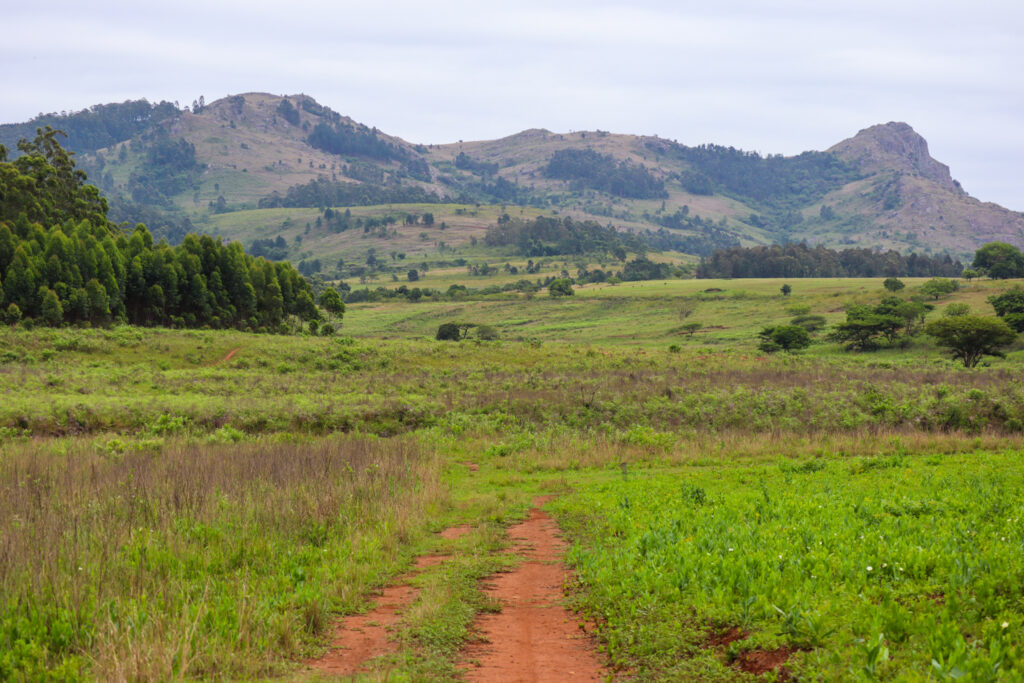


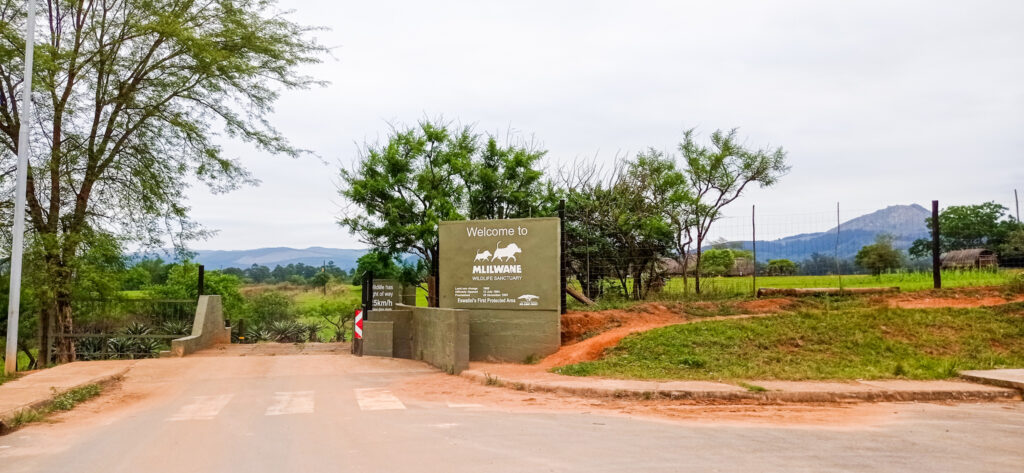


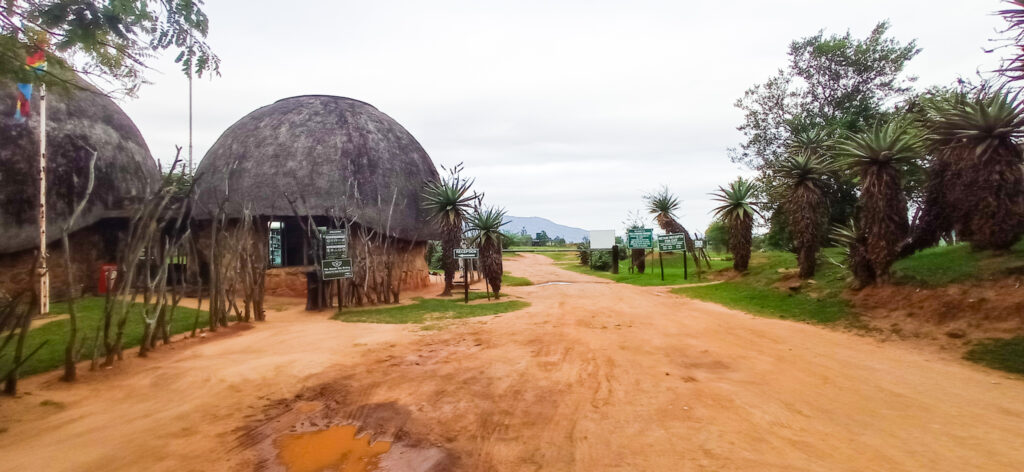
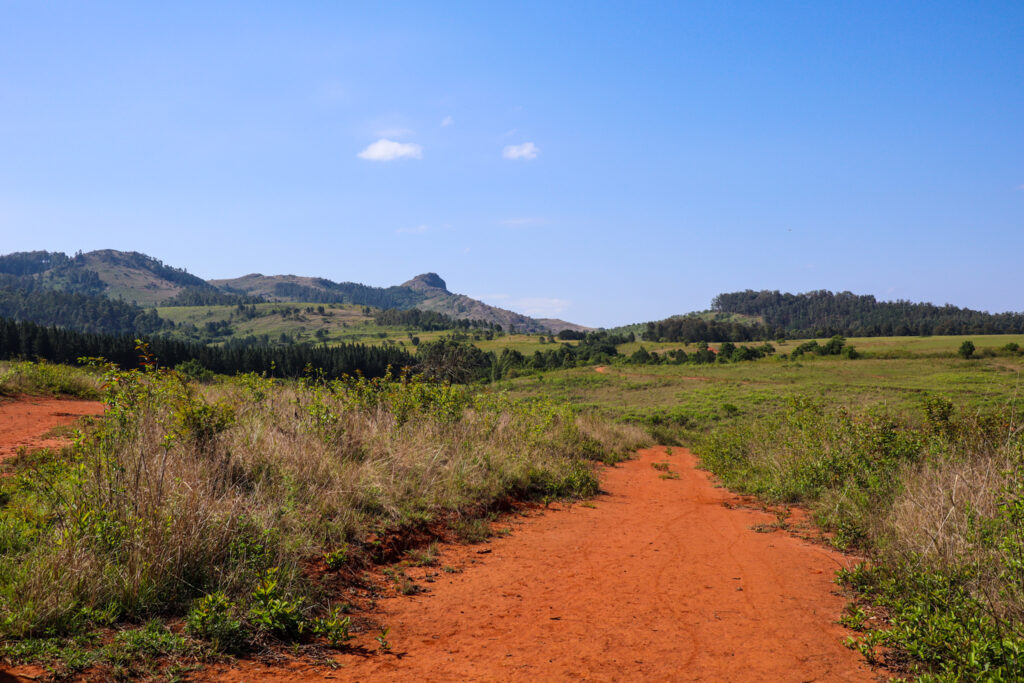





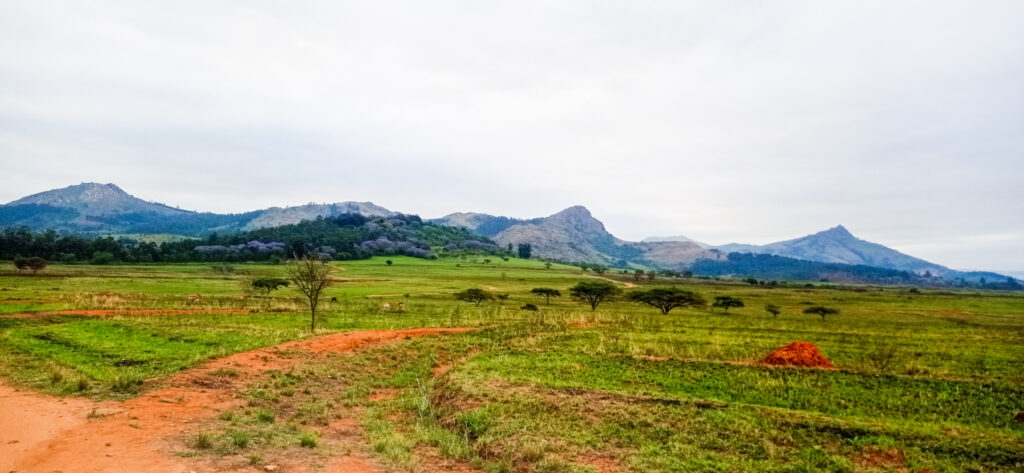
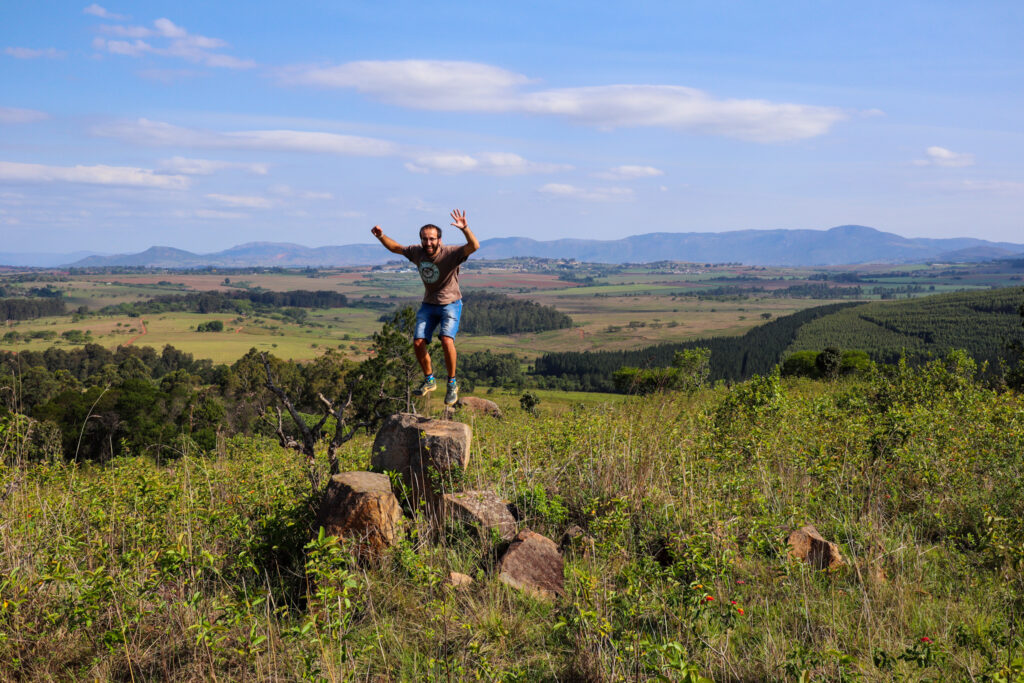
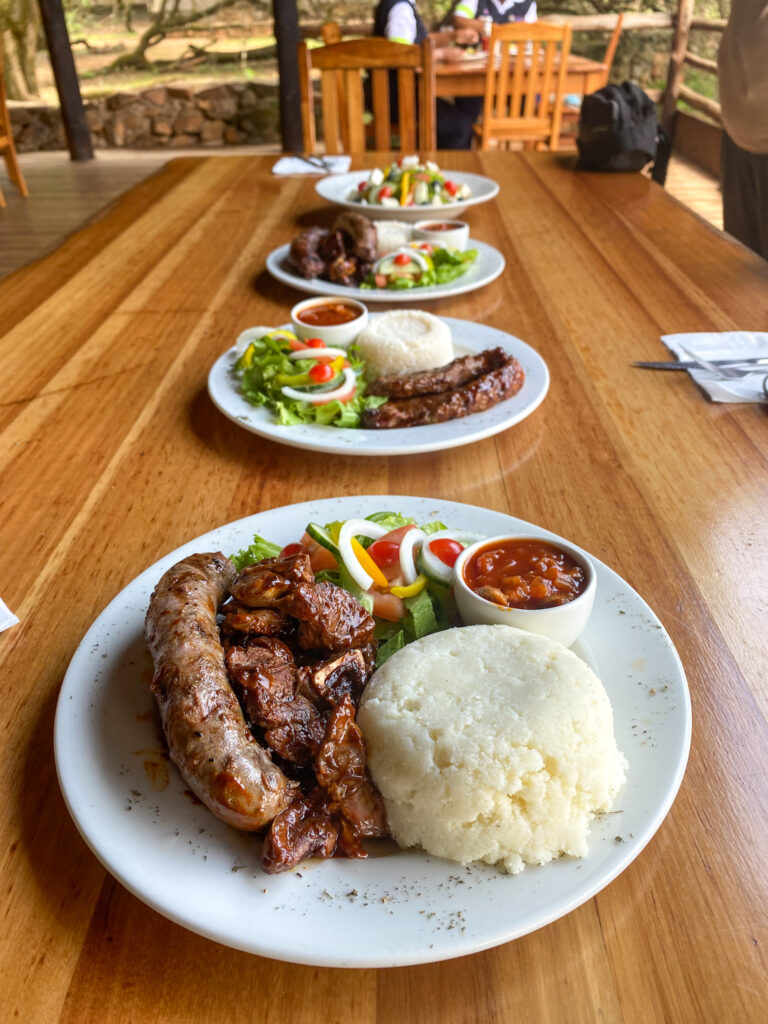





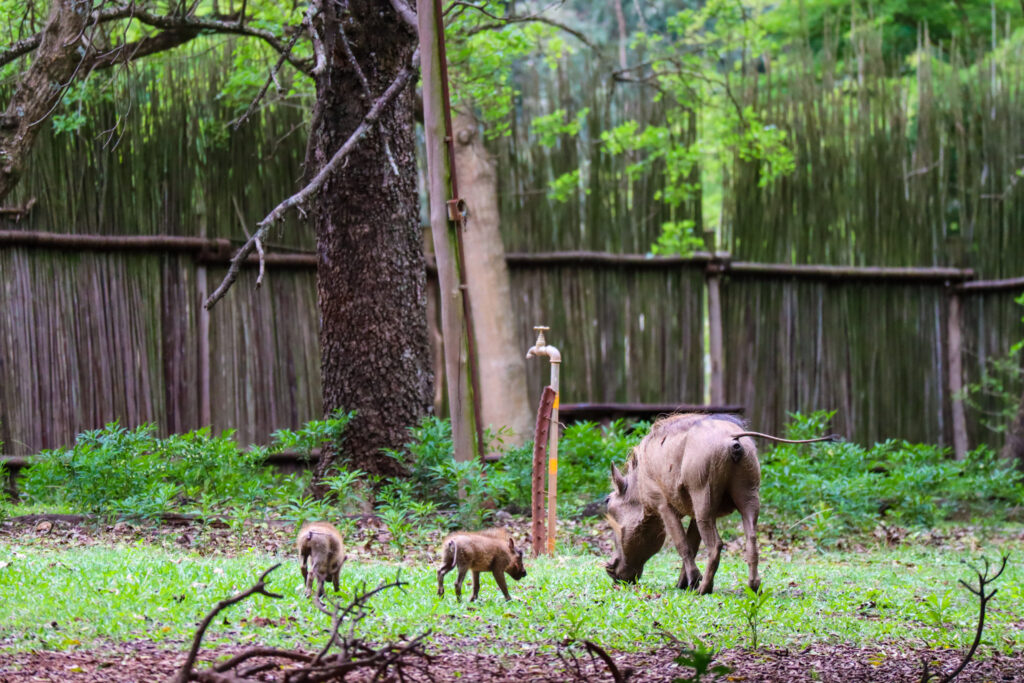



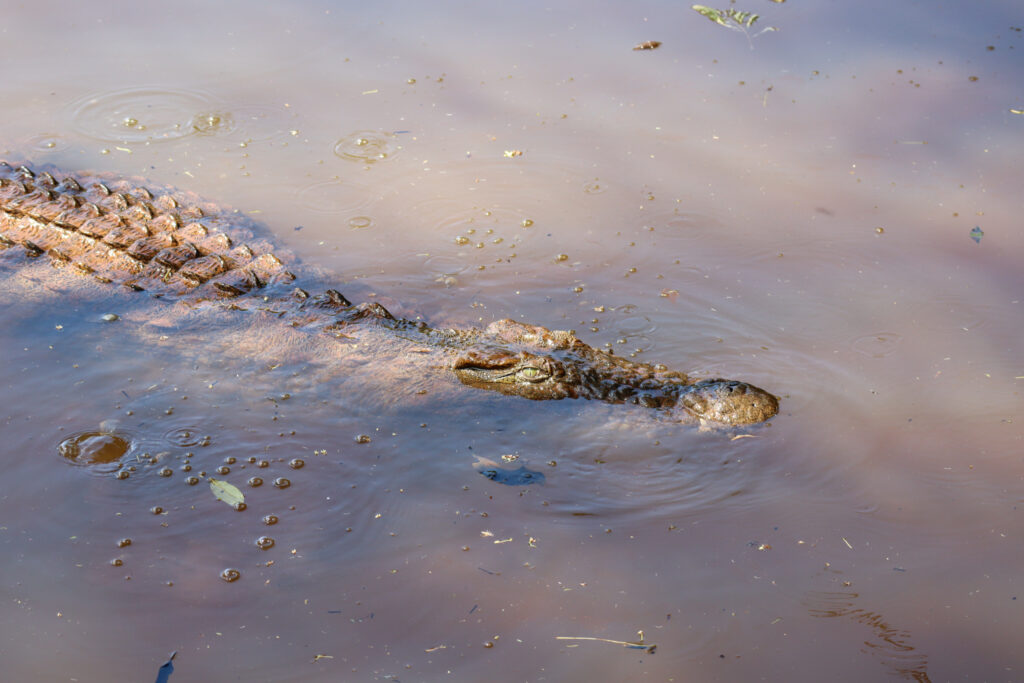
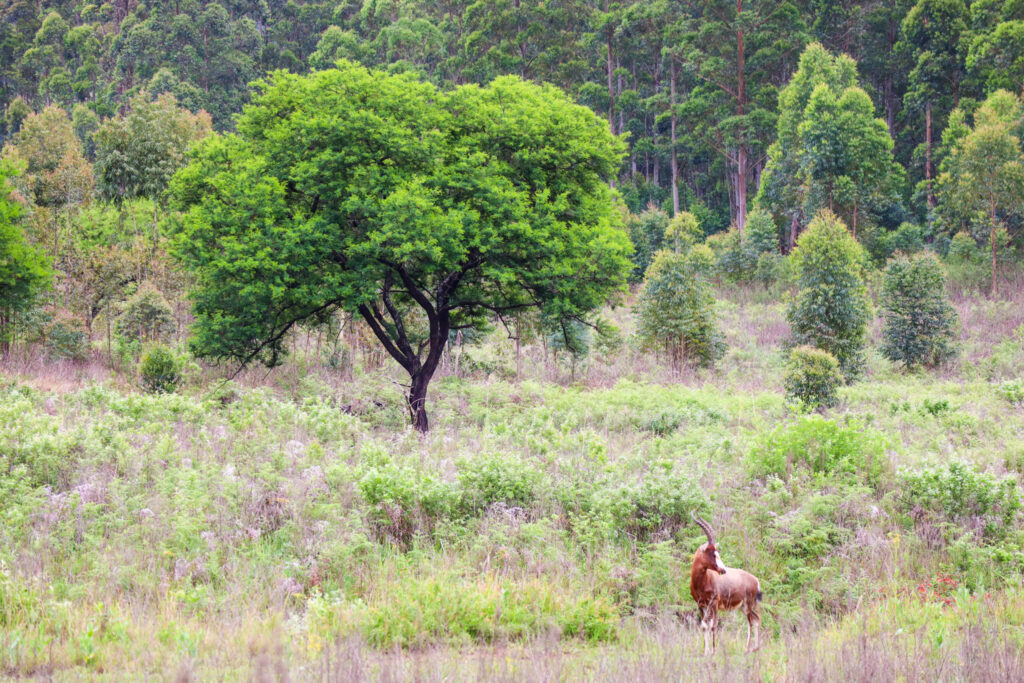

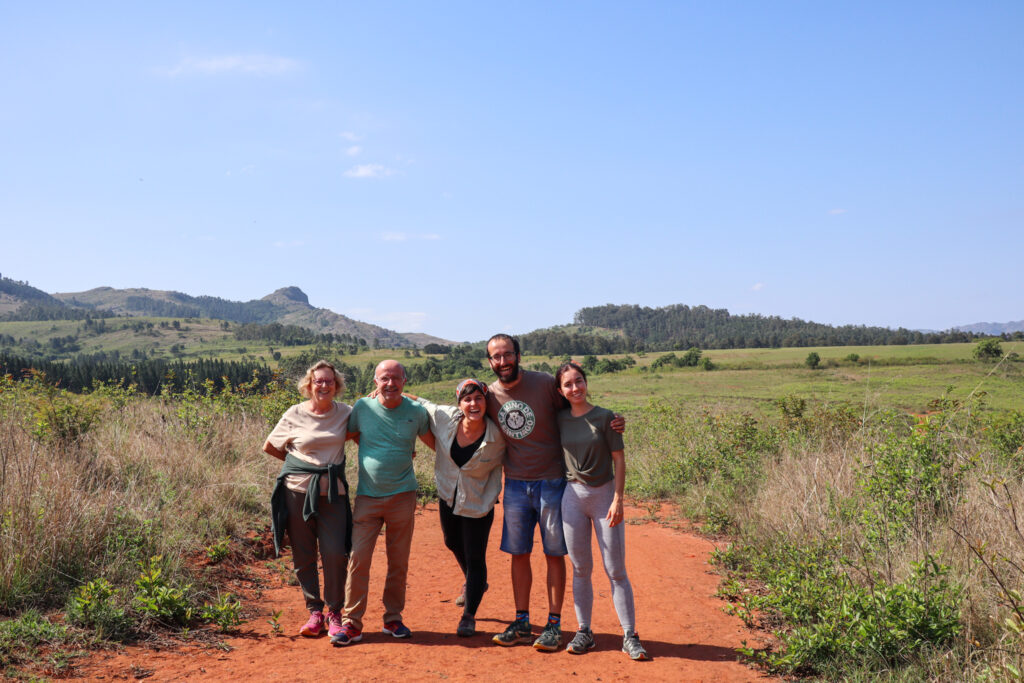


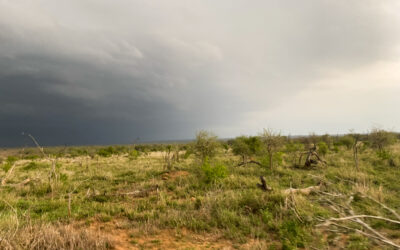

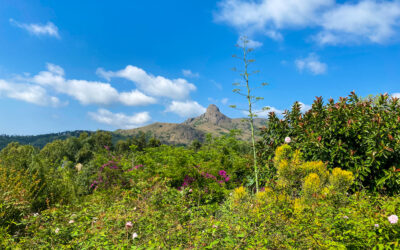
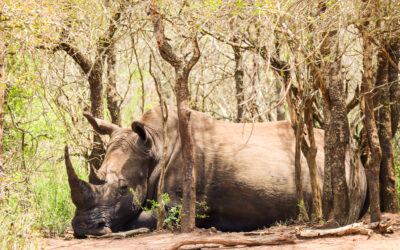

0 Comments